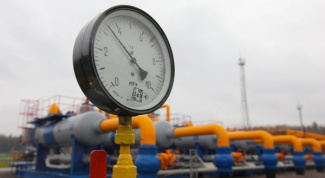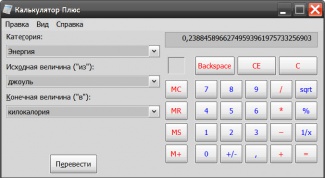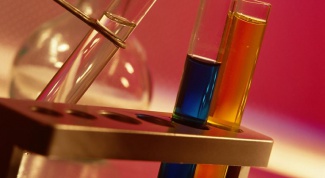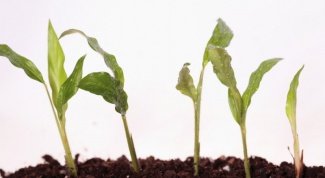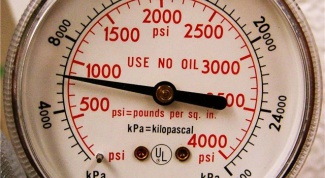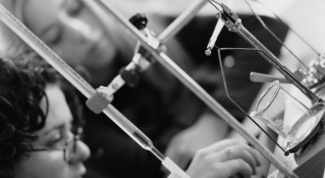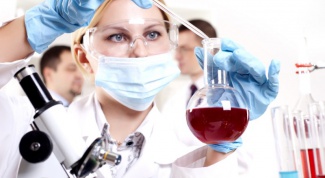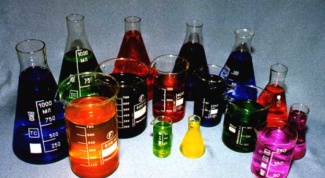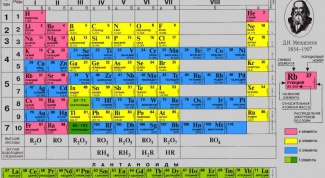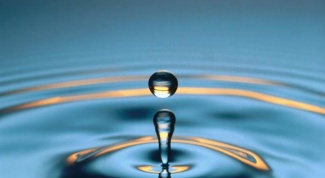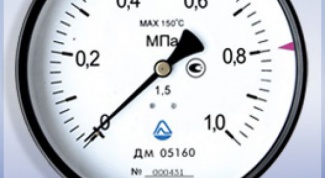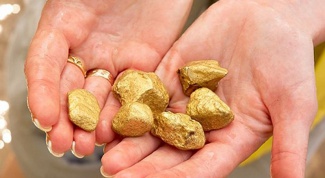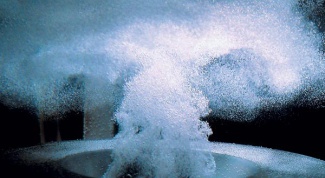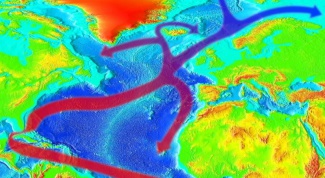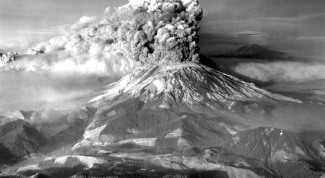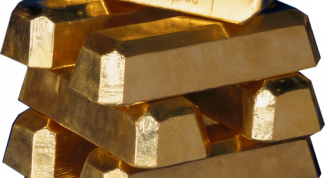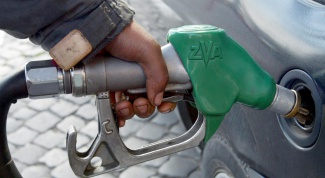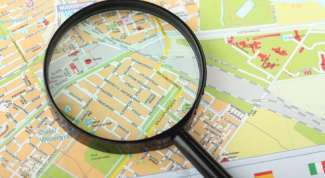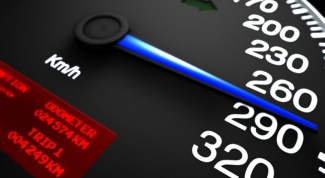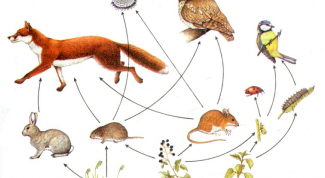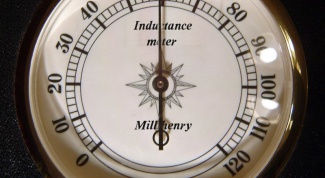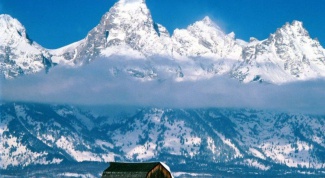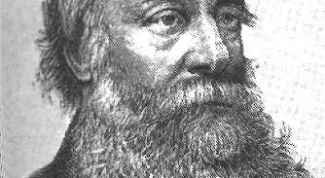Science
- How to calculate the volume of gas To calculate the volume of gaswhich is in a vessel or area, find the volume of geometric methods. This is due to the fact that gas always occupies the entire allotted amount. In that case, if you know the amount of a substance or the mass of gas in normal conditions, find the volume of the gas, multiplying the amount of matter in 0,0224 m3. If the gas is not in perfect conditions, use a special equation.
- How to determine the direction of the magnetic field To determine the direction of the magnetic field of the permanent magnet, find its pole. The flux lines will emerge from North pole and enter in South. The direction of the magnetic field for a conductor with current determine by using rules of thumb.
- How to convert joules to calories Joule is a unit of measuring the amount of heat used in the international system of units (SI - Systeme International d'unites). It is often used in physics and in heat has more common non-si unit called "calorie". The parallel existence of these units from time to time is the need of converting values from one to the other.
- How to determine methyl alcohol Methyl alcohol – a compound belonging to the group of Monohydric alcohols. Methanol is highly toxic, only 10 ml of this substance can cause severe Central nervous system damage, blindness, and 30 ml is death. Hence the need of identifying it. Much easier analysis of methyl alcohol to carry out in the Toxicological laboratory, but it is possible to make the simplest definition even at home.
- What are the root system of plants The root is axial on higher plants, usually located underground, ensure absorption and transport of water and mineral substances, and also serves to secure the plant in the soil. Depending on the structure there are three types of root systems: rod, fibrous, and mixed.
- Is it true that the universe is infinite When you look at the night sky it is difficult to imagine how huge and vast spaces hidden behind shimmering stars. Since ancient times people asked themselves the question: is the universe infinite or has limits? To give a final and definite answer can, apparently, only scientists of the future.
- How to create a electromagnetic field The electromagnetic field does not occur by itself, it radiates some device or object. Before assembling such a device, it is necessary to understand the principle of appearance of the field. It's not hard to understand that it is a combination of magnetic and e - fieldwhich is able to generate each other under certain conditions. The concept of EMF is associated with the name of the scientist Maxwell.
- How to convert from millimeters of mercury to Pascals The millimeters of mercury and Pascals used to measure pressure. Although Pascal is the official system unit non-si millimeters of mercury according to its frequency were not inferior to them. "Millimeters" even have their own name – "Torr" (torr), given in honor of the famous scientist Torricelli. Between the two units there is an exact relationship: 1 mm Hg. article = 101325 / 760 PA, which is the definition of the unit "mm Hg. article".
- How to find the density at pressure and temperature There are situations in which the same formula have different names, since it is impossible to establish the exact authorship or the open championship. And for finding the density at pressure and temperature is the formula that bears the names of two eminent scientists - Mendeleev and clayperon.
- How to grow crystals of copper kuporosa Vitriol (from the French. couperose) – a General name for crystalline hydrates of sulfates of divalent metals. Copper sulphate – blue pentahydrate consisting of sulfate, honey and water molecules. It has chemical formula CuSO(4)•5H(2)O.
- How to identify formaldehyde Formaldehyde or methanol is gaseous and foul-smelling organic compound from the class of aldehydes. Aqueous 40% solution of formaldehyde known as formalin. Otherwise called formic aldehyde as it is formed the oxidation of formic acid. For formaldehyde and other organic substances, there is a qualitative reaction. This enables you to recognize it among other compounds, for example, during laboratory studies or in case of loss of the label from the bottles.
- As to sodium oxide Oxide sodium has the chemical formula Na2O, represents colorless crystals. A typical representative of the oxides of alkali metals, has all their properties. Extremely active, so it is recommended to store it in anhydrous organic solvents. How to get this stuff?
- How to find specific heat The amount of heat required to heat a body depends on its mass, the change of its temperature and the so-called specific heat of a substance, which comprises the body.
- The history of the discovery of the periodic table The periodic table of chemical elements has become one of the most important events in the history of science and brought its Creator, Russian scientist Dmitry Mendeleev, the world. This extraordinary man managed to unite into a single concept all the chemical elements, but how he managed to open his famous table?
- How to magnetize water The idea of the special properties of magnetized water has been known for several decades. It is believed that this water is biologically active and can have a healing effect on the body. Experiments show that the use water treated with the magnet, increases the permeability of membranes of tissue cells, regulates blood pressure and boosts the metabolism. Is it possible to prepare minichannel water at home?
- How to determine the molar mass of the substance In order to find the molar mass of the substance, determine its chemical formula and using the periodic table calculate its molecular mass. It is numerically equal to molar mass of the substance in grams per mole. If you know the mass of one molecule of the substance, put it in grams and multiply by 6,022•10^23 (Avogadro's number). Molar mass of gas can be found using the ideal gas equation of state.
- How to separate gold from copper Gold can be separated from other metals by electrochemical or chemical means. For jewellery are more suitable chemical methods, electrochemical is used where you need to constantly get a large amount of gold.
- How to saturate water with oxygen Some aquarists have to address the question: how to provide fish with the necessary amount of oxygen? Especially in the warm season, when the rate of metabolic processes in the organisms inhabiting the aquarium, sharply increases and the concentration of dissolved oxygen in the water, on the contrary, drops sharply. Since fish do not have the ability to regulate their body temperature in warmer water accelerates their metabolism. How to saturate water with oxygen?
- What are the cold Over called the horizontal movement of water in the oceans and seas. Currents transfer on large distances huge masses of water. They are divided into warm and cold. If the temperature of the flow below the temperature of surrounding waters, it is defined as cold. Of all the known currents of cold is the third part.
- Why are there volcanoes Outside of our planet is covered with hard and cold the earth's crust. But deep inside her is a red-hot liquid nucleus, consisting of magma. What is happening inside the planet processes create enormous pressure. Through cracks in the crust the magma is less dense than solid rock, together with dissolved gases coming out. So volcanoes are formed, growing as the next eruptions.
- What is ampere The unit "ampere" is used to measure the strength of an electric current all over the world. But few people think about for what reason this unit got its name.
- How to distinguish copper from gold The metals copper and gold look very similar to each other. To distinguish them from each other quite easily, if you use a different physical or chemical properties of these elements. In the first case, you need to determine the density of metal, and the second to focus on the reaction of analyte with certain chemical reagents. The density of pure gold is of 19.30 g/cm3, and the copper - of 8.93 g/cm3. Gold is a pretty inert metal, it is bad, in contrast to copper, reacts with mineral acids.
- How to clean diesel fuel Many are faced with the problem of diesel fuel purification from mechanical particles. Used during refueling of fuel tanks mesh filter is able to capture particles larger than 80 microns. Particles of smaller size can pass through the mesh filter of the fuel tank, thereby clogging fuel filters diesel.
- How to find the temperature at a certain pressure The temperature of the gas can be found knowing the pressure, using the equation of state for ideal and real gas. In the model of an ideal gas the potential energy of interaction of the gas molecules is neglected, considering it to be small compared to the kinetic energy of the molecules. This model can accurately describe the gas at low pressures and low temperatures. In other cases, consider the real gas model that takes into account intermolecular interactions.
- How to determine direction without a compass Defining sides of light without the aid of the compass gives very approximate results. However, if there is no other way but to navigate you need to follow a few tips together.
- How to find average speed Average speed can be calculated by dividing the distance covered by the body way to spent time with him. But in practice, when solving physics problems it is important to remember some specific nuances.
- What is a food chain in nature The food chain is the many overlapping branches, forming trophic levels. In nature there are pastoral and detrite the food chain. The first is on another call "grazing chains" and the second "chain decomposition".
- How to determine the inductance of the coil The inductance of the coil can be measured directly or indirectly. In the first case, you will need active or bridge device, and the second will have to use the generator, voltmeter and milliammeter, and then to carry out a series of calculations.
- What is vacuum air Under natural conditions, thin air found only in the highlands. In such air from a great height, very few molecules of oxygen and nitrogen, which makes it hard to breath.
- How to convert to joules Joule (j) is one of the units approved in the SI system. Measured in joules work, energy and quantity of heat. One Joule equals one Newton multiplied by a meter, or watt multiplied by second, or kilograms multiplied by the square metre divided by second squared.
